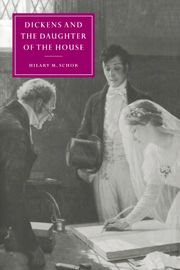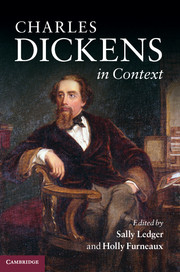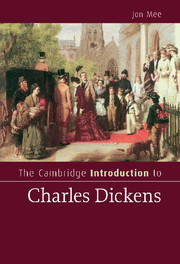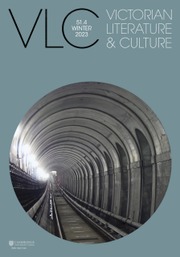Dickens and the Daughter of the House
Feminist criticism has not been kind to Charles Dickens. The characters George Orwell referred to as 'legless angels' - Little Nell, Agnes Wickfield, Esther Summerson and others - have been conjured as evidence of Dickens' inability to create 'real' women. Critics wishing to rescue him have turned to the dark, angry women - Nancy, Lady Dedlock, Miss Wade - who disrupt the calm surface of some of Dickens' novels. In this book Hilary M. Schor argues that the role of the good daughter is interwoven with that of her angry double in Dickens' fiction, and is the centre of narrative authority in the Dickens' novel. As the good daughters must leave their father's house and enter the world of the marketplace, they transform and rewrite the stories they are empowered to tell. The daughter's uncertain legal status and her power of narrative gave Dickens a way of reading and writing his own culture differently.
- Challenges the widespread opinion of critics that Dickens is unsympathetic to women, or incapable of creating complex or realistic female characters
- Covers wide range of novels, with detailed readings illuminating them in an alternative way
- Brings interesting insights into gender issues of Victorian England and how Dickens influenced them
Reviews & endorsements
"This is a significant and thought-provoking book." Dickens Quarterly
"Hilary Schor's Dickens and the Daughter of the House reveals quite another side of Dickens the pretender, the man who writes and thinks like a woman, yet who often takes little delight in that masquerade, indeed who performs it solemnly and even with a certain sadness." Review
Product details
September 2007Paperback
9780521042635
248 pages
229 × 154 × 15 mm
0.377kg
Available
Table of Contents
- Acknowledgements
- Introduction
- Part I. Making Fictions:
- 1. The uncanny daughter: Oliver Twist, Nicholas Nickleby, and the progress of Little Nell
- Part II. On Not Committing Adultery in the Novel:
- 2. Dombey and Son: the daughter's nothing
- 3. Hard Times and A Tale of Two Cities: the social inheritance of adultery
- Part III. The Daughter's Portion:
- 4. Bleak House and the dead mother's property
- 5. Amy Dorrit's prison notebooks
- Part IV. A Violent Conclusion:
- 6. In the shadow of Satis House: the woman's story in Great Expectations
- 7. Our Mutual Friend and the daughter's book of the dead
- Notes
- Index.





